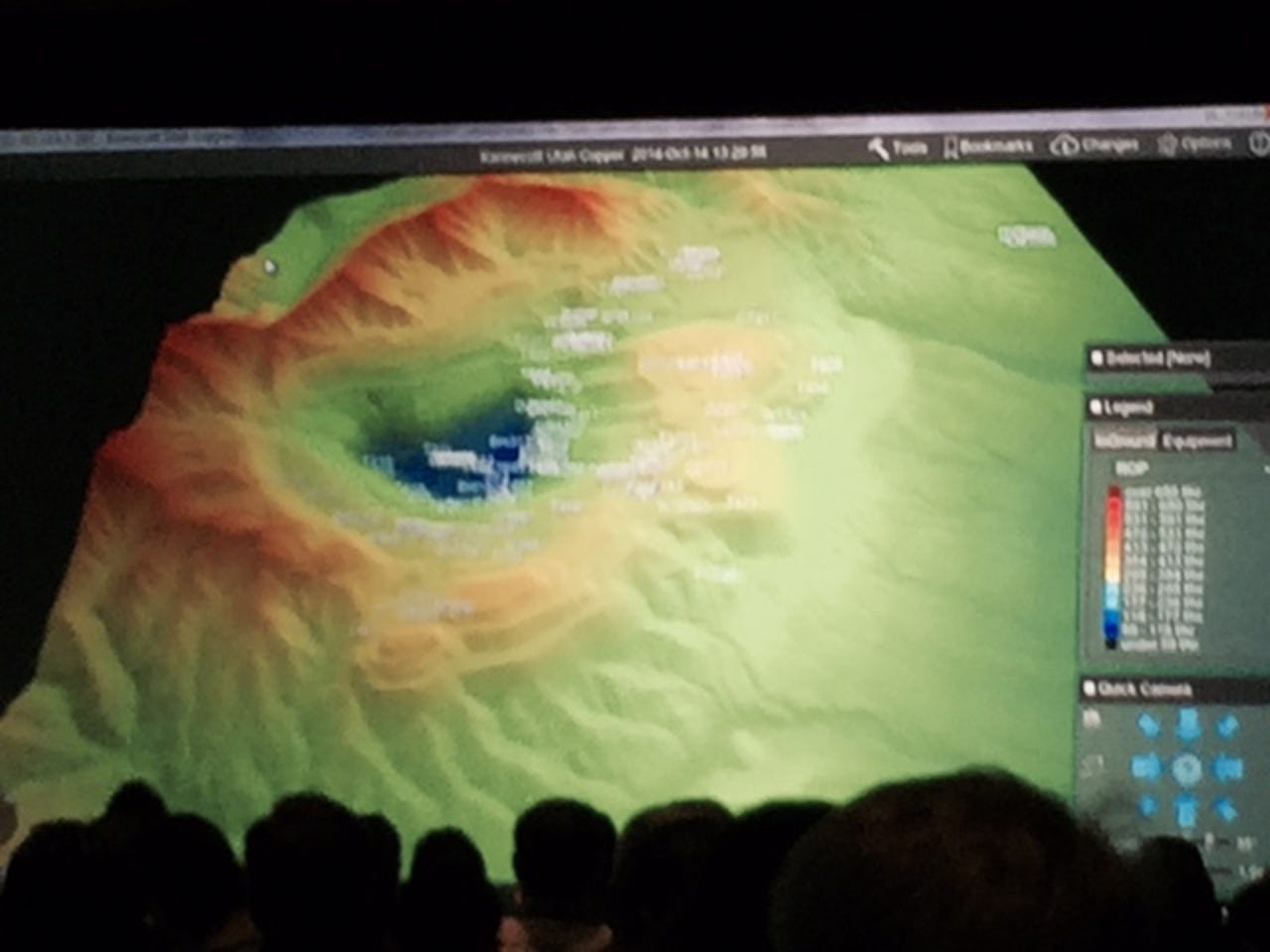Reskilling key for Rio Tinto's automation and big data success

When Rio Tinto decided to open a "centre of excellence" to command and control its mining sites and remote automated trucks, the company decided against having the centre in Rio Tinto's head office.
The mining giant has been moving towards automation as part of its Mine of the Future program that commenced in 2008, and the company has deployed over 50 autonomous trucks, which, over the past five years, have moved more than 300 million tonnes of material at four different mining sites.
In March, the company launched its Processing Excellence Centre (PEC) in Brisbane that is fed data from sensors on mining sites across the globe. It enables the company to drive efficiencies in its operations through the analysis of the data on the trucks, the geology of the sites, the fuel efficiency, and any other data the company has.
According to John McGagh, head of innovation at Rio Tinto, there is more data than the company knows what to do with.
"At the moment, we're probably getting information out at the month level, and the year level," he said at the Cisco Internet of Things World Forum in Chicago last week.
"What we want to do is bring that information back to the day level, in real time. If we do that, we can generate more business opportunities, and we add value to the whole of the operation."
Latest Australian news
In September, the company began using RTVis 3D software to map the mining activity back in the PEC from the company's West Angelas iron ore mine in Western Australia, with other trials under way at other mining sites. This software provides the users in the centre with an up-to-date overview of every bit of data flowing from the sensors on the mining site and its equipment back into the centre.
McGagh said that mining means the geography of each Rio Tinto site is constantly changing, meaning the sensors need to be constantly refreshed. There were close to 60,000 sensors for each truck on the site, pulling in around 5TB of data per day. This is information the company would have otherwise lost.
"It is information that would have hitherto been lost to us. It is incredibly valuable information, which, when uploaded in real time, we can bring it in and do this kind of stuff," he said.
"It knows more about your business in real time than you'll ever know. Once you've got that, start looking at the business processes through the eyes of a mathematician or a physicist, or an engineer [to] understand how this stuff fits together, and you'll start generating breakthroughs in a way an operating plan can't do."
The software allows the company to look at the types of minerals in the ground to efficiently plan where the best places to mine are. McGagh said the company is now planning to have the 3D software used at all mining sites by the end of the year.
In the excellence centre, there are two dedicated fibre links, with one network specifically secured for the control of the automated vehicles, while the analytical component of the excellence centre is on the same network as the rest of the corporation.
Key to the success of the PEC was ensuring that the centre wasn't part of the company's head office, but more like part of the mining operations, McGagh said.
"If you sit in a corporate centre, you've got to work in suits, and your culture is to go and basically tell those people who are working out and making the money, [how to work] then this will fail in a nanosecond," he said.
"Have bloody beers with [the workers]. Bring people through the PEC. Spend some time in Brisbane, and just constantly work at it.
"At the end of the day, these sites are big businesses. The last thing you want to do is use the bits and bytes that flow around to undermine the accountability of these people."
While Rio Tinto would be bringing in new people to work with the company as part of the Mine of the Future initiative, McGagh said that the existing experience with the employees in the company is a major asset.
"We've got a very traditional industry. We've been built around physical locations. You've got to get the human systems right, you've got to get the culture right," he said.
"They want to be valued, they want to make decisions that add value to the operations. If that's there helping them do their jobs, that will break through.
"Don't forget the workers who have been there for a long time. If you say 'I'm going to run this, and I'm going to bring along my workers on the journey', they are just so grateful."
Josh Taylor travelled to Chicago as a guest of Cisco.
